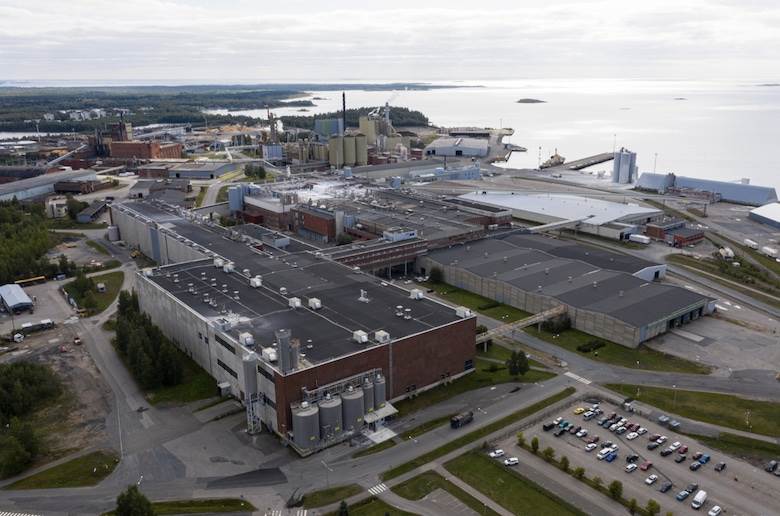First industrial-scale Infinna site confirmed

Infinited Fiber Company, the Finnish producer behind Infinna-branded regenerated fibre, made from post-consumer cotton-rich textile waste, has found a site for its first commercial-scale Infinna factory in the country’s northernmost Lapland region.
Formerly a Stora Enso paper mill called Veitsiluoto, the Kemi-based facility is set to benefit from Infinited Fiber’s estimated investment of around $420.8 million or €400 million and will be fully operational by 2025.
Roughly 270 employment opportunities and an annual fibre production capacity of 30,000 tonnes, enough to make approximately 100 million t-shirts, are the expected outcomes of this investment.
The company, which has thus far manufactured Infinna at two pilot facilities in two different Finnish cities, revealed that it had considered “dozens” of sites before settling on its first choice. It said that the skilled local workforce, many of whom lost jobs when the paper mill closed last year, was a key factor in its decision-making, as was the “excellent” infrastructure already in place at the plant, plus the availability of fresh water, efficient port services and access to renewable electricity and other energy sources.
“Circularity is at the heart of our business. We aim to make use of existing resources in all that we do, which makes the historic Veitsiluoto industrial site a great fit for us. At the same time, we will be creating new export products and jobs,” commented co-founder and chief executive at Infinited Fiber Company, Petri Alava.
“Finland has solid bioeconomy know-how and is very supportive of circular-economy innovations. We see these as major strengths that enable Finland to become a leader in the creation of the new, circular economy-based textile industry value chain.”
Fashion industry players including Inditex, adidas, PVH Europe, Patagonia, H&M Group, Pangaia and Bestseller have all already committed to multi-year purchases of Infinna.
Learn more about the business of making new cotton fibres and regenerated manmade cellulosic fibres from cellulose obtained from cotton waste in our WSA features section here.
Image: Stora Enso.








